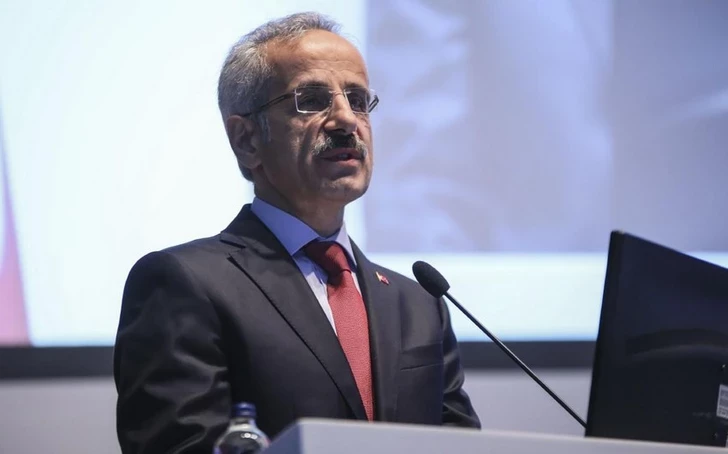By any measure, the groundbreaking of the Kars–Iğdır–Aralık–Dilucu railway is not just another infrastructure project. It is the materialization of the Zangezur Corridor — a route that will connect Turkey directly with Azerbaijan through Armenia — and with it, the political geography of the South Caucasus is being rewritten in steel and concrete.
For decades, Moscow and Tehran treated the South Caucasus as their playground, using frozen conflicts and closed borders to trap Armenia and Azerbaijan in dependency. That old strategy has collapsed. Russia, mired in Ukraine and stripped of its credibility as a mediator, is no longer the gatekeeper. Iran, once determined to block the corridor at all costs, has been reduced to issuing statements of “concern.”
Instead, Ankara and Baku, backed by Washington’s new peace diplomacy, are dictating the pace. The numbers may sound technical — 43 kilometers of new railway in Turkey, 170 kilometers restored or rebuilt in Azerbaijan, $2.4 billion in investment — but their meaning is strategic: a land bridge that bypasses Russia and Iran, slices days off the China–Europe route, and welds Armenia into an economic system it can no longer resist.
For Turkey, Kars becomes the front door to Eurasia. For Azerbaijan, Nakhchivan is no longer an isolated exclave but the centerpiece of a Turkic land bridge. For Armenia, it is the beginning of the end of geopolitical isolation. And for Russia and Iran, it is the clearest signal yet: their monopoly on regional influence is broken.
Uraloğlu called the project “a golden age of global trade.” That may sound ambitious, but it captures the symbolism. The Zangezur Corridor is more than logistics — it is the South Caucasus’ escape hatch from the past. It locks Armenia, Azerbaijan, and Turkey into interdependence, reduces Moscow’s and Tehran’s veto power, and reorients the region firmly toward global markets.
The true question is not whether the railway will be built — it will — but whether Yerevan is ready to accept the price of peace: interdependence with its former enemy, and the erosion of Russian patronage. Every kilometer of track that is laid makes old nationalist illusions less relevant. And that is why this corridor is not just a line on the map. It is the line that redraws the map itself.










